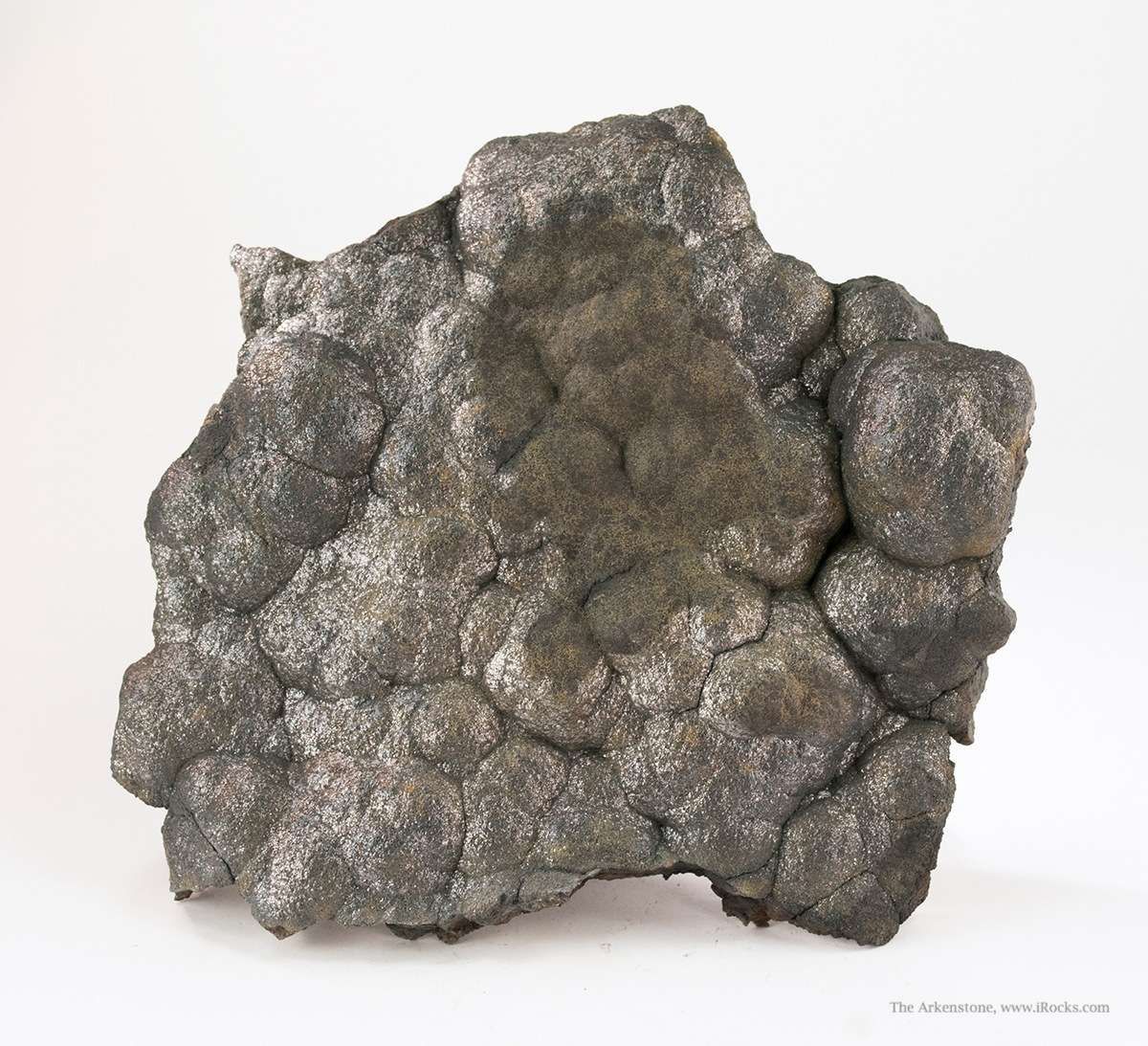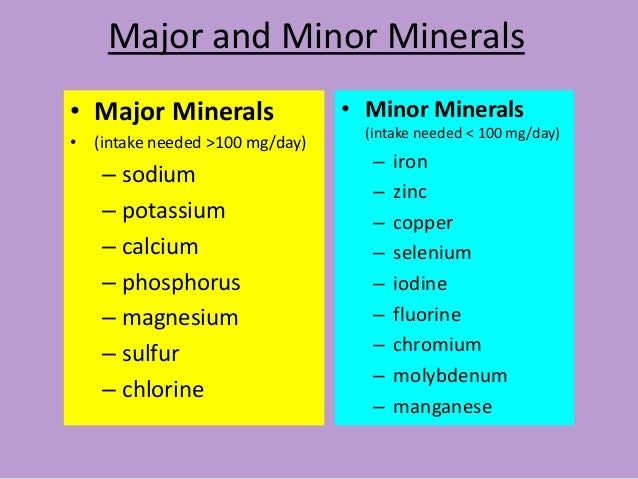

A comparison shows that the 3D CNN model outperforms the WofE model in terms of predictive evaluation indexes, namely the success rate and ore-controlling rate. The analysis of 12 factors indicates that the 3D CNN model performs well in the 3D MPM, achieving a promising accuracy of up to 100% and a loss value below 0.001. The predictive model is trained on the basis of the coupling correlation between the spatial distributions of the variables and the underground occurrence space of the Mn orebodies, and the correlation between different ore-controlling factors. Subsequently, we divide the 22 extracted ore-controlling variables into six groups for contrast experiments based on various combinations and further apply the 3D CNN model and weight of evidence (WofE) method on each group. The characteristics of the spatial distribution are extracted by the 3D CNN.

In this approach, 3D predictor layers are converted from the conceptual model and employed in a 3D convolutional neural network (3D CNN). In this study, taking the Huayuan sedimentary Mn deposit in Hunan Province as an example, we construct a 3D digital model of this deposit based on the prospectivity model of the study area.

To overcome this performance degradation, deep learning models have been introduced in 3D MPM. Conventional linear statistical models applied to mineral prospectivity mapping (MPM) perform poorly because of the random and nonlinear nature of metallogenic processes. Today’s era of big data is witnessing a gradual increase in the amount of data, more correlations between data, as well as growth in their spatial dimension.


 0 kommentar(er)
0 kommentar(er)
